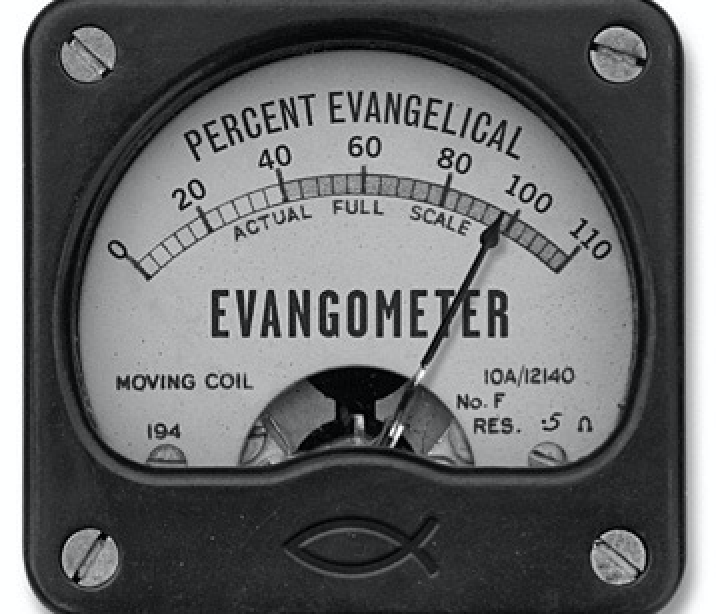THE QUESTION:
Why did early Christianity rise so rapidly?
THE RELIGION GUY'S ANSWER:
New religions appear all the time, nowhere more than in the United States, but very few ever achieve prominence and permanence. Christianity is a rare and dramatic case of a faith that triumphed. The tale is told in Rodney Stark's classic "The Rise of Christianity" with this descriptive subtitle in the 1997 paperback edition (still on sale): "How the Obscure, Marginal Jesus Movement Became the Dominant Religious Force in the Western World in a Few Centuries."
Sociologist Stark is now retired as co-director of Baylor University's esteemed Institute for Studies of Religion. The book treats its subject as a puzzle to be explained by objective social science scholarship and does not consider whether Christian teachings are true.
Though we lack reliable census data, Stark's best estimate was that only 7,530 Christians existed at the close of the apostolic era in A.D. 100 [which conflicts with Acts 2:41]. He said the total exceeded 1 million by 250 when systemic persecution by the Roman empire was reaching its peak. The Edict of Milan in 313 allowed the faith to exist without harassment, and as of 350 there were 33.9 million Christians. Stark figured that was a 56.5% majority of the population. Inevitably, by 380 this became the empire's official creed.
What happened? Stark's scenario drew upon more than 300 works plus his own original research, and made heavy use of economic market theory. Let's skim some of what he concluded.
Stark thought Christianity's key advantages included the spread of Greek-speaking Jews across the Greco-Roman world who provided a base to build upon, the failures of rival paganism, attractive charitable efforts (especially during ruinous epidemics), innovative respect for women, high birth rates, good organization, close fellowship, demanding and respected moral standards, the inspiring example of martyrs willing to die rather than renounce their faith and positive doctrines that were attractive to new city dwellers coping with chaos and squalor.










